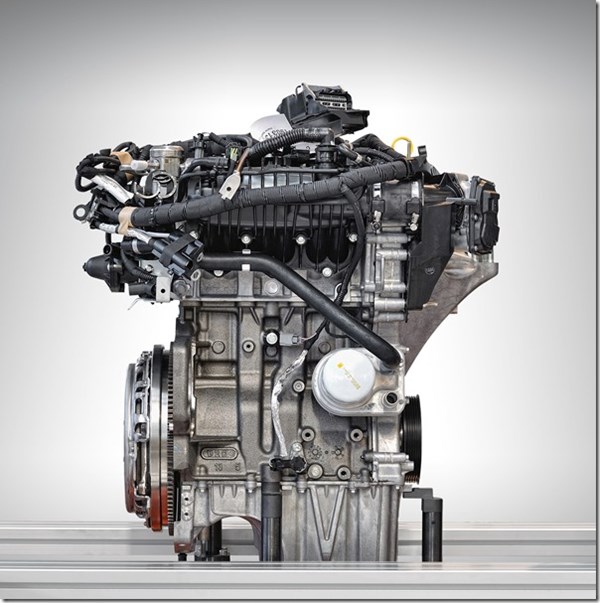Smaller Engines Can Be Better
When people think about a 1.0-liter engine, they probably don’t think much of it, at least not people in the U.S.
When people think about a 1.0-liter engine, they probably don’t think much of it, at least not people in the U.S. There’s no replacement for displacement, right?
Well, it turns out that in Europe, plenty of people have proven themselves to be receptive to 1.0-liter engines in Ford products.
Featured Content
According to Ford, for the first six months of 2014, one in five Fords sold in Europe was equipped with a 1.0-liter EcoBoost engine. That’s about 120,000 vehicles.

In terms of specific vehicles, 47% of all B-MAX multi-activity vehicles had one, and although that vehicle isn’t available in the U.S., these two vehicles are: 33% of all Focus sales in Europe had a 1.0-liter and 30% of Fiesta sales.
How small is a 1.0-liter EcoBoost? As the people from Ford of Europe point out, the engine block can fit on a sheet of A4 paper, which is approximately the size of a sheet of typing paper in the U.S. (A4 measures 8.3 x 11.7 in., while typing paper is 8.5 x 11 in.)
And as for that no replacement for displacement, consider this.
The 1.0-liter EcoBoost is offered in the U.S. as an option in 2015 Fiesta. The standard engine is a 1.6-liter four.
The turbocharged three cylinder engine produces 123 hp @ 6,350 rpm and 148 lb-ft of torque @ 5,000 rpm.
The normally aspirated 1.6-liter four produces 120 hp @ 6,350 rpm and 112 lb-ft of torque @ 5,000 rpm.
That’s some awfully clever powertrain engineering.
Clearly, the Europeans get it. Odds are good, those of us in the U.S. will, too.


.jpg;width=70;height=70;mode=crop)
















